13 Best Ayurvedic Remedies For Hair Loss And Regrowth
It is time to include the goodness of Ayurveda in your hair care routine!

Image: Shutterstock
It can be very frustrating when your hair does not grow beyond a certain length. After all, who does not dream of long, cascading tresses that flow in the breeze? Are you frustrated of using hair loss products that wouldn’t make alopecia go? Fortunately, there are some Ayurvedic tips for hair growth that you can try out. That’s right, you can effectively practice Ayurveda for hair loss reduction! You will be relieved to learn that there is hope at the end of the tunnel and that Ayurvedic medicines and treatments can help you get there sooner.

Ayurvedic therapies for hair growth are a great choice for women of all ages as they use natural substances and have been proven to be beneficial since time immemorial. Before we get into the list of the 13 Ayurvedic treatments for hair loss and growth, let’s have a look at how Ayurveda can aid in tackling hair fall. Keep reading!
In This Article
Ayurveda For Hair Loss
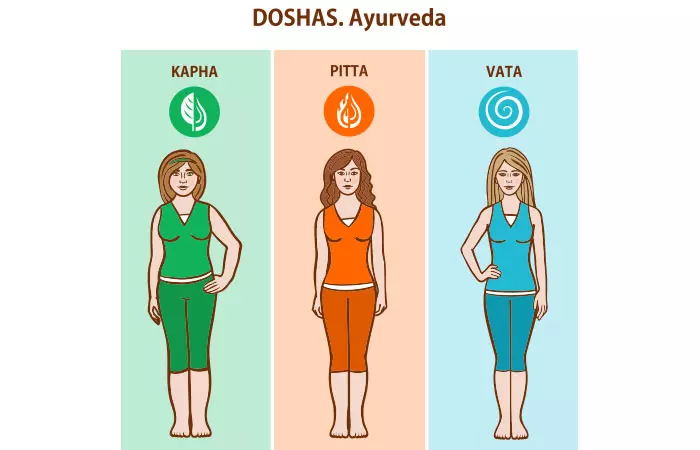
Ayurvedic research on hair growth is extensive and well structured which makes it easy for practitioners to pinpoint the cause of hair fall and treat it accordingly. According to Ayurveda, hair type is directly related to body type and is systematically classified into three categories; Vata, Pitta, and Kapha. Each hair type has distinct features, and hence there are multiple reasons for hair loss which vary from person to person.
Hair loss is caused because of pitta dosha. Pitta governs our metabolism and digestion. A balanced Pitta leads to a healthy body and mind. It controls our general well being. Once you identify the reasons for pitta dosha, it becomes easier to correct it. Typically, bad eating habits, anxiety, and stress cause pitta dosha, which in turn leads to hair loss. Excessive consumption of tea, coffee, alcohol, meat, fried and spicy food can cause an imbalance in pitta.
Apart from Pitta Dosha, other reasons for hair loss according to Ayurveda are hormonal imbalances in men and women, stress, lack of sleep, improper diet, intoxicating substances, dandruff or fungal infections and diseases like lupusi An autoimmune disease that causes the immune system to attack healthy tissues and causes joint pain and fatigue. or diabetes amongst others. Ayurveda also highlights the link between hair and mental health, with stress and anxiety often worsening hair loss. Ayurvedic hair regrowth solutions address these core issues, promoting hair regrowth. Incorporating other mindfulness practices like yoga and meditation can also help support healthy hair.
So, let us continue learning more about Ayurvedic remedies that can naturally manage hair fall and promote hair regrowth.
Key Takeaways
- Ayurveda suggests that hair fall is caused due to pitta dosha, which monitors metabolism and digestion.
- Bhringraj is extensively used in Ayurvedic hair treatments for its ability to promote hair growth, prevent graying, and reverse balding.
- Other effective Ayurvedic ingredients are amla (Indian gooseberry), ritha, shikakai, neem, ashwagandha, and brahmi.
- Hot oil massages with Ayurvedic oils greatly benefit hair health and stimulate hair growth.
13 Effective Ayurvedic Remedies For Hair Fall And Hair Regrowth
1. Bhringraj—The King Of Herbs
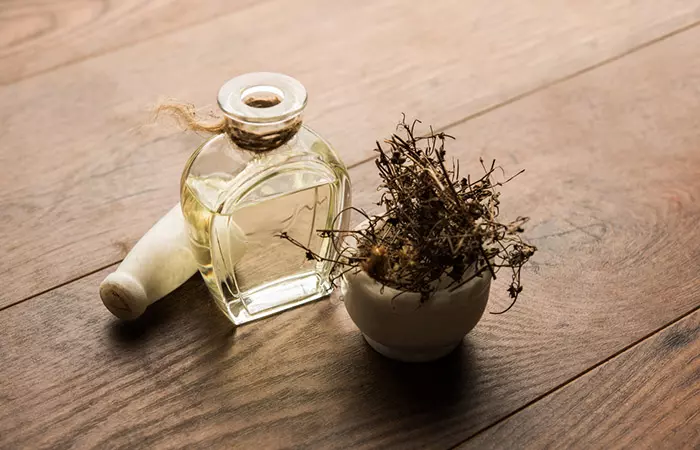
According to an animal study, bhringraj is a well-known Ayurvedic herb with purported claims of hair growth promotion (1). Translated, Bhringraj means “king of herbs.” True to its name, not only does it promote hair growth, but it also reverses balding and helps with hair thinning. It can be used to prevent premature graying. The herb is commonly available in powdered form and as an oil. It has a calming effect when applied to the scalp and helps insomniacs sleep better. It regulates pitta and improves metabolism.
You Will Need
A handful of Bhringraj Leaves
OR
5-6 tbsp Dried Bhringraj Powder
Processing Time
20 minutes
Method
- Blend the leaves with some water to get a consistent paste. If you cannot find Bhringraj leaves, mix 5-6 tablespoons of dried bhringraj powder with some water to get a thick consistent paste.
- Apply the paste to your scalp and hair and leave it in for 20 minutes.
- Wash off with shampoo.
How Often?
Thrice a week.
You can also use this in combination with other ayurvedic ingredients such as amla and tulsi. Alternatively, you can give yourself a scalp massage with bhringraj oil thrice a week to promote hair growth.
2. Amla—The Indian Gooseberry
Amla is not only used as an ayurvedic solution for hair fall, but also an effective treatment for purifying blood and treating indigestion
(2). This conditioning ingredient improves scalp health by tackling dandruff and scalp aggravation. When used in combination with shikakai, it acts as a natural dye that imparts a natural brown color.
You Will Need
- 5-6 tbsp Amla Powder
- 5-6 tbsp Water
Processing Time
30 minutes
Process
- In a bowl, combine the ingredients to get a thick, smooth paste.
- Section your hair and start applying this paste to your scalp and hair.
- Leave it on for 30 minutes and then wash off with shampoo.
How Often?
Thrice a week.
You can also add shikakai powder to this mix by soaking amla and shikakai powder in warm water overnight. Alternatively, you can also extract amla juice from the fruit and use the liquid for scalp and hair treatment.
3. Neem
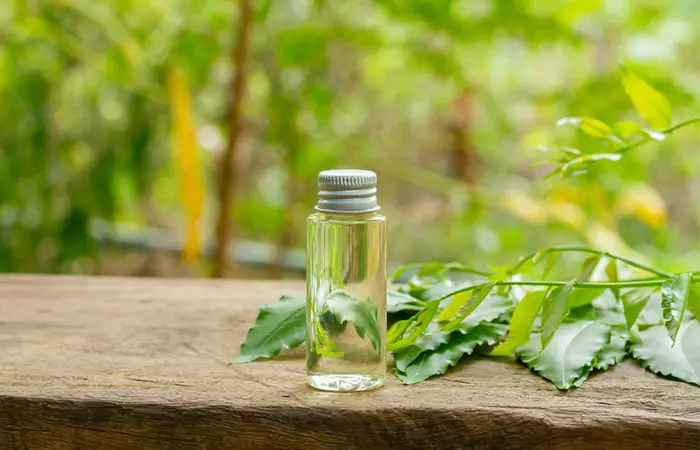
For years, neem has been used to treat skin conditions and hair loss. Regular use of neem on the scalp improves blood circulation and strengthens the roots which, in turn, promotes hair growth. Neem is also used to treat lice (3). When the scalp is affected by dryness, scaliness, dandruff, eczemai A chronic skin condition characterized by dry, itchy, and cracked skin on your scalp due to irritants or allergens. , psoriasisi An autoimmune condition that causes red, itchy, and scaly patches on the skin and scalp due to stress or cold. and excessive sebum—the hair roots get damaged. This causes hair loss. Neem helps battle these conditions, soothes the scalp and promotes healthy hair growth (4).
You Will Need
- A handful of Neem Leaves
- 2 cups Water
Processing Time
5 minutes
Process
- Boil the neem leaves in water for 15 minutes and then set it aside to cool.
- Once the solution is cool, strain the liquid.
- Collect the neem infused water in a jug and set it aside.
- Wash and condition your hair and pour the neem infused water through it as a final rinse
- Do not rinse your hair any further.
How Often?
Thrice a week.
Alternatively, you can make a paste of dried neem powder and water, and leave it in your hair for 30 minutes before shampooing.
 Quick Tip
Quick Tip4. Ritha (Soap Nuts)
Ritha or soap nuts have been used by women for centuries as a natural shampoo. When used regularly, ritha promotes hair growth, improves texture and volume (5). Because of how mild it is, the natural ingredient can be used to cleanse your hair every day without stripping the natural oils from your scalp.
You Will Need
- A handful of Soap Nuts
- 2 cups Water
Processing time
10 minutes
Process
- Soak the soap nuts overnight in 2 cups of warm water.
- In the morning, boil the soap nuts in the same water for about 15 minutes and then set it aside to cool.
- Strain the cooled solution and collect the liquid in a jug.
- Rinse your hair with water and then pour half of the soap nut solution through your hair.
- Massage your hair for 5 minutes and then rinse with water.
- Repeat with the remaining soap nut shampoo. The solution will start to form a slight lather at this point.
How Often?
On alternate days.
Maryellen Hacko, a YouTuber, showed her no-poo method, where she used soap nuts to clean her hair. She loved this alternative eco-friendly method and expressed her satisfaction with the cleanliness, lack of oiliness, and the texture of her hair, after washing her hair with soap nut shampoo. She said, “Honestly, this is so easy. I am at the point now where I don’t think I will ever go back to using conventional shampoo because this is so much better than most regular shampoos (i).”
 Quick Tip
Quick Tip5. Shikakai

If we are talking about Ayurvedic remedies for hair growth then there is no way we can skip Shikakai. Translated as ‘fruit for hair ‘, in Ayurveda, Shikakai for hair growth is a noted name. When combined with water, the fruit forms a slight lather and can be used to cleanse hair effectively. The rich antioxidant content of this ingredient makes it perfect for restoring scalp health and treating hair fall. Shikakai won’t strip your hair of its natural oils. It detangles the hair, reduces dandruff and conditions hair to make it luscious and manageable (6).
You Will Need
- 6 tbsp Dried Shikakai Powder
- 2 cups of water.
Processing Time
10 minutes
Process
- Combine the ingredients in a jug and then set it aside to be used as shampoo.
- Rinse your hair with water and then pour half of the shikakai solution through your hair.
- Massage your hair for 5 minutes and then rinse with water.
- Repeat with the remaining shikakai shampoo. The solution will start to form a slight lather at this point.
How Often?
On alternate days.
Alternatively, you can make an herbal tea with dry shikakai powder and use that as a final hair rinse. You can also add shikakai powder to your hair oils.
6. Ashwagandha
Ashwagandha or the Indian Winter Cherry is an amazing herb for hair regrowth (7). It may help prevent hair loss by addressing one of the most common causes: stress. This root relieves anxiety while reducing inflammation and providing mood-boosting vitality (8). It is the most commonly used Ayurvedic medicine for hair fall. The hormone cortisol causes hair loss and slows down hair growth. Ashwagandha, when applied to the scalp controls cortisol levels and curbs hair loss. It also boosts antioxidant activity and helps scalp circulation. It is an excellent remedy for dandruff and stimulates the production of melanini A group of natural pigments in your body that give your hair color and protect it from the harmful UV rays of the sun. , which is essential for hair growth.
You Will Need
- 3 tbsp Dried Ashwagandha Powder
- 3 tbsp Dried Amla Powder
- 6 tbsp Water
Processing Time
30 minutes
Process
- Combine all ingredients in a bowl until you get a thick consistent paste. In case the paste is too thick, add more water to loosen it up.
- Apply the mixture to your scalp and hair.
- Let it sit for 30 minutes and then wash off with shampoo.
How Often?
Thrice a week.
Ashwagandha can also be consumed orally.
7. Brahmi
Brahmi helps strengthen the hair and promotes hair growth (9). It provides nourishment to the roots and promotes new follicle growth. Regular use of Brahmi increases hair thickness and makes the hair lustrous. It is also useful in reducing dandruff (10). Brahmi hair packs help lessen the itchiness of the scalp. When applied regularly, it reduces split ends. It covers the hair follicles with a protective layer which, in turn, makes hair shiny and thick.
You Will Need
- 2 tbsp Dried Brahmi Powder
- 2 tbsp Dried Amla Powder
- 2 tbsp Dried Ashwagandha Powder
- ½ cup Yogurt
Processing Time
1 hour
Process
- Combine all ingredients in a bowl until you get a smooth, consistent mixture.
- Section your hair and start applying the mixture from the roots to the tips of your hair.
- Once all of your hair is covered, leave the mixture on for 1 hour.
- Wash off with lukewarm water and shampoo.
How Often?
Thrice a week.
Another way of using Brahmi is to boil some water and to it add the leaves of Brahmi, Tulsi, and neem. After 10 minutes of boiling, turn off the heat and let the solution sit overnight. Strain this water in the morning and use it as a hair rinse after shampooing.
8. The Aromatic Jatamansi
A common name for this herb in ayurvedic medicines for hair growth is Muskroot or the Indian Spikenard. Jatamansi helps purify the blood and improve its circulation. The improved nourishment to your scalp can help boost hair growth (11).
You Will Need
- 5-6 drops Jatamansi Essential Oil
- 2-3 tbsp Carrier Oil
Processing Time
45 minutes
Process
- Combine the oils to create a jatamansi oil blend.
- Section your hair and start by massaging the oil blend into your scalp for 15 minutes.
- Apply the oil to your hair from the roots to the tips and then leave it in for an additional 30 minutes.
- Wash off with shampoo and lukewarm water.
How Often?
Thrice a week.
For better results, you can also consume jatamansi in the form of a capsule.
9. Methi (Fenugreek)
Methi is a commonly used herb in most households. It is an excellent remedy for hair fall (12). It is also one of the best solutions for dandruff and is known for its ability to boost scalp health.
You Will Need
- 2 tbsp Methi
- 3 tbsp water
Processing Time
20 minutes
Process
- Roast the methi in a pan and then grind it to get a fine powder.
- Collect the powder in a bowl and add some water to form a thick paste.
- Apply this paste to your scalp and hair and leave it in for 20 minutes.
- Wash off with lukewarm water and shampoo.
How Often?
Twice a week.
10. Aloe Vera
Aloe Vera has proven usage in Ayurveda, as it helps keep your system clean from within. It is also an excellent ingredient for boosting scalp health, curbing hair fall, and promoting hair growth (13).
You Will Need
- ½ cup Pure Aloe Vera Gel
- 3 tbsp Coconut Oil
- 2 tbsp Honey
Processing Time
30 minutes
Process
- Combine all ingredients in a bowl and get a consistent mixture.
- Apply this to your scalp and hair and let it sit for 30 minutes.
- Wash off with lukewarm water and shampoo.
How Often?
1-2 times a week.
11. Hibiscus
The hibiscus flower’s leaves and petals may have the potential to aid in healthy hair growth (14). It is one of the most sought-after herbs in Ayurveda for its cooling properties as it can help balance the pitta dosha and improve hair fall-related issues.
You Will Need
- 4-5 hibiscus flowers
- 8-10 hibiscus leaves
- 100 ml of coconut oil
- Processing Time
- 40 minutes
Process
- Heat the coconut oil in a pan on medium heat.
- Add the flowers and leaves to the oil and stir for a few minutes until it has lost its color and the oil has turned a deep yellow to reddish shade.
- Let the oil cool, apply it to your hair, and massage your scalp for 10 minutes.
- Store the leftover oil in a jar.
- Leave it on for 30 minutes or overnight and wash it off with a mild herbal shampoo.
How Often?
2-3 times a week.
12. Hot Oil Massage With Ayurvedic Oils
A hot oil massage using either coconut, maha bhringraj, amla, arnica, sesame seed, almond or Brahmi oil helps improve circulation, rejuvenates your hair follicles, which leads to better blood circulation to the roots. You may expect increased volume and length within a span of 6 months.
You Will Need
3 tbsp Ayurvedic Oil (An oil or blend of oils from the ones mentioned above.)
Processing Time
45 minutes
Process
- Heat the oil/oil blend until it is slightly warm.
- Section your hair and start by massaging the oil blend into your scalp for 15 minutes.
- Apply the oil to your hair from the roots to the tips and then leave it in for an additional 30 minutes.
- Wash off with shampoo and lukewarm water.
How Often?
Thrice a week.
13. Amla + Bringraj +Brahmi
A combination of these three herbs is very useful for pacifying pitta and improving metabolism, which helps in absorption of micronutrients.
Take 1 g powder of each herb and swallow with lukewarm water. You can even get these herbs in the capsule form. Take one capsule of each after breakfast and dinner. Consult an Ayurveda physician before doing this.
It is important to remember that topical treatment by itself cannot curb a hair fall problem, these remedies must be used in combination with a healthy lifestyle to achieve the best results. Following are a few tips that you need to follow for unhindered hair growth.
Additional Tips For Hair Growth
- Avoid brushing your hair when it is wet as it leads to hair breakage when it is vulnerable.
- The lack of sleep is a common constituting factor that causes hair loss. Get at least 8 hours of sleep every night.
- Drinking plenty of water and a healthy diet is essential for proper functioning of the body. What you put in your body is just as important as what you put on your hair.
- Avoid excess indulgence in alcohol, cigarettes, and other intoxicants.
- A paste of licorice and milk or black pepper and lemon seeds can be applied to bald patches for stimulating hair regrowth.
- Consume raw vegetables and salads on a daily basis.
- You can take hair loss supplements such as vitamin supplements to aid hair growth.
- Deal with stress and sleeplessness effectively with meditation, yoga and exercise.
- Avoid excessive salt intake.
- Consume easily digestible foods.
Ayurveda for hair loss addresses the root cause of the issue. The home remedies for hair growth suggested by Ayurveda are mostly effective and safe. Usage of herbs like bhringraj, neem, and ashwagandha is generally recommended in Ayurveda to combat hair loss. Also, including amla, soap nuts, shikakai, brahmi, jatamansi, and fenugreek in your hair care regimen regularly helps minimize hair loss effectively. Hot oil massage with Ayurvedic oils also combats hair loss to a great extent. Try including any of the Ayurvedic remedies mentioned above to manage hair loss.
Frequently Asked Questions
Can Triphala regrow hair?
Yes. The emollient, antifungal, and antibacterial properties of Triphala may help lock in moisture in your hair and boost its growth.
Does Shatavari help hair growth?
Yes. Shatavari is an anti-inflammatory and adaptogenici Substances or herbal medicines that help the body respond to stress and boost hair growth and repair damaged hair. herb that may help grow healthier hair.
Are Brahmi and Bhringraj same?
No. Brahmi (waterhyssop) and Bhringraj (false daisy) are different herbs. Brahmi helps repair damaged hair and scalp and Bhringraj strengthens hair and stimulates its growth.
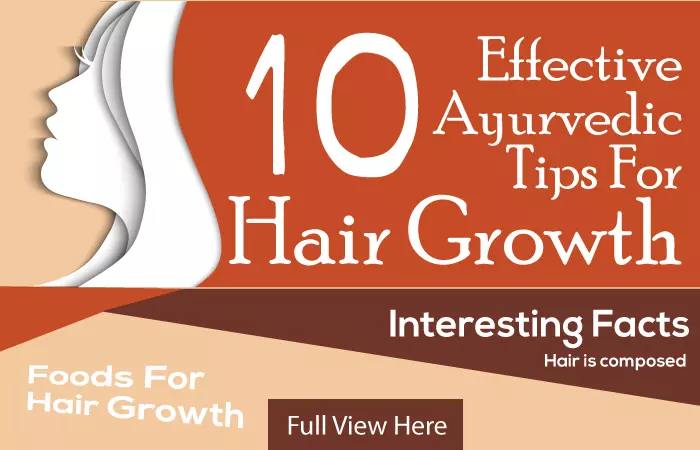
Illustration: Best Ayurvedic Remedies For Hair Loss And Regrowth

Image: Stable Diffusion/StyleCraze Design Team
Discover the root causes behind hair fall and embrace the natural healing power of Ayurveda. Explore effective Ayurvedic treatments to combat hair loss and restore your crowning glory. Watch the video now!
Personal Experience: Source
StyleCraze's articles are interwoven with authentic personal narratives that provide depth and resonance to our content. Below are the sources of the personal accounts referenced in this article.
i. I tried soap nuts no-poo and I’m NEVER GOING BACK! | FULL RECIPE and honest experiencehttps://www.youtube.com/watch?v=Tv1ifVBpn8U
References
Articles on StyleCraze are backed by verified information from peer-reviewed and academic research papers, reputed organizations, research institutions, and medical associations to ensure accuracy and relevance. Read our editorial policy to learn more.
- Hair growth promoting activity of Eclipta alba in male albino rats
https://pubmed.ncbi.nlm.nih.gov/18478241/ - Preclinical and Clinical Studies Demonstrate That the Proprietary Herbal Extract DA-5512 Effectively Stimulates Hair Growth and Promotes Hair Health
https://www.ncbi.nlm.nih.gov/pmc/articles/PMC5429933/ - Ovicidal effects of a neem seed extract preparation on eggs of body and head lice
https://pubmed.ncbi.nlm.nih.gov/21484346/ - Preparation & Assessment of Poly-Herbal Anti-Dandruff Formulation
https://opendermatologyjournal.com/contents/volumes/V14/TODJ-14-22/TODJ-14-22.pdf - Multifacetious Uses of Soapnut Tree – A Mini Review
https://www.researchgate.net/publication/236632198_Multifacetious_Uses_of_Soapnut_Tree_-_A_Mini_Review - Synthesis and Evaluation of Herbal Based Hair Dye
https://opendermatologyjournal.com/contents/volumes/V12/TODJ-12-90/TODJ-12-90.pdf - Ashwagandha root in the treatment of non-classical adrenal hyperplasia
https://www.ncbi.nlm.nih.gov/pmc/articles/PMC4543599/ - Adaptogenic and Anxiolytic Effects of Ashwagandha Root Extract in Healthy Adults: A Double-blind Randomized Placebo-controlled Clinical Study
https://www.cureus.com/articles/25730-adaptogenic-and-anxiolytic-effects-of-ashwagandha-root-extract-in-healthy-adults-a-double-blind-randomized-placebo-controlled-clinical-study - THE WONDER OF HERBS TO TREAT-ALOPECIA
https://www.researchgate.net/publication/308780570_THE_WONDER_OF_HERBS_TO_TREAT-ALOPECIA - Preparation & Assessment of Poly-Herbal Anti-Dandruff Formulation
https://opendermatologyjournal.com/contents/volumes/V14/TODJ-14-22/TODJ-14-22.pdf - Phytochemical investigation and hair growth studies on the rhizomes of Nardostachys jatamansi DC
https://www.ncbi.nlm.nih.gov/pmc/articles/PMC3113354/ - Fenugreek+micronutrients: Efficacy of a food supplement against hair loss
https://www.researchgate.net/publication/251923543_Fenugreekmicronutrients_Efficacy_of_a_food_supplement_against_hair_loss - Chapter 3 Evaluation of the Nutritional and Metabolic Effects of Aloe vera
https://www.ncbi.nlm.nih.gov/books/NBK92765/ - In vivo and in vitro evaluation of hair growth potential of Hibiscus rosa-sinensis Linn
https://pubmed.ncbi.nlm.nih.gov/12963149/
Read full bio of Vd. Naveen Sharma
Read full bio of Arshiya Syeda
Read full bio of Anjali Sayee
Read full bio of Monomita Chakraborty






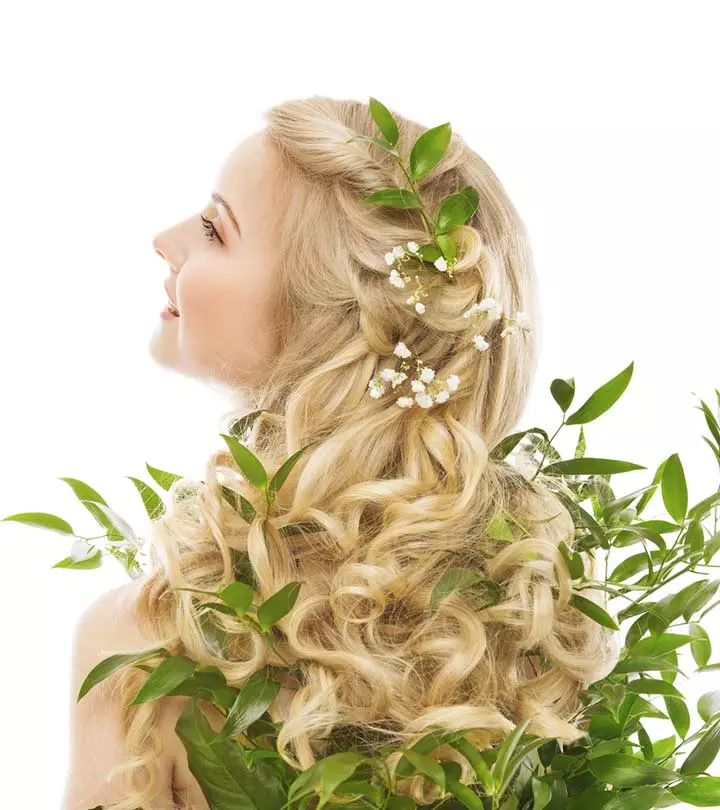
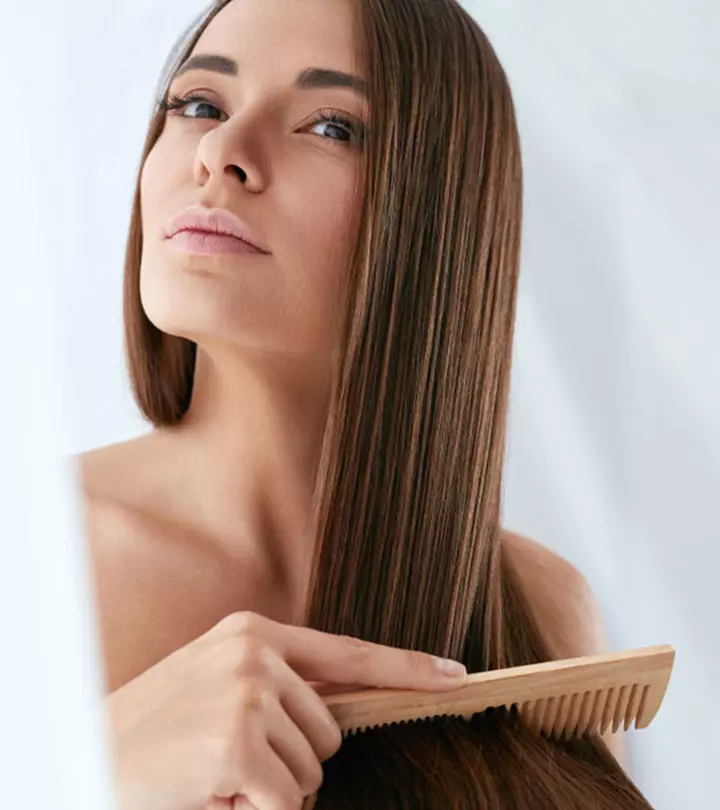
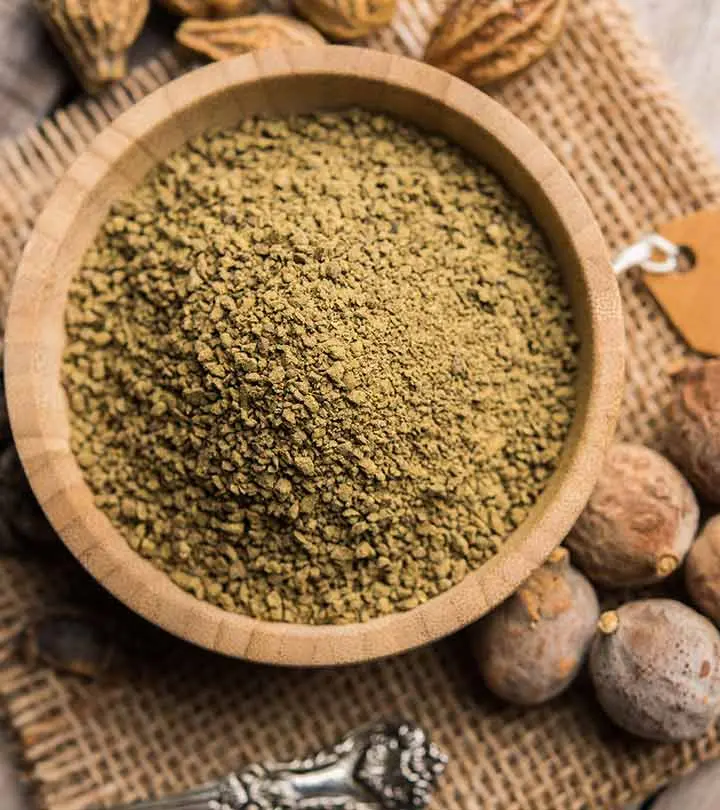
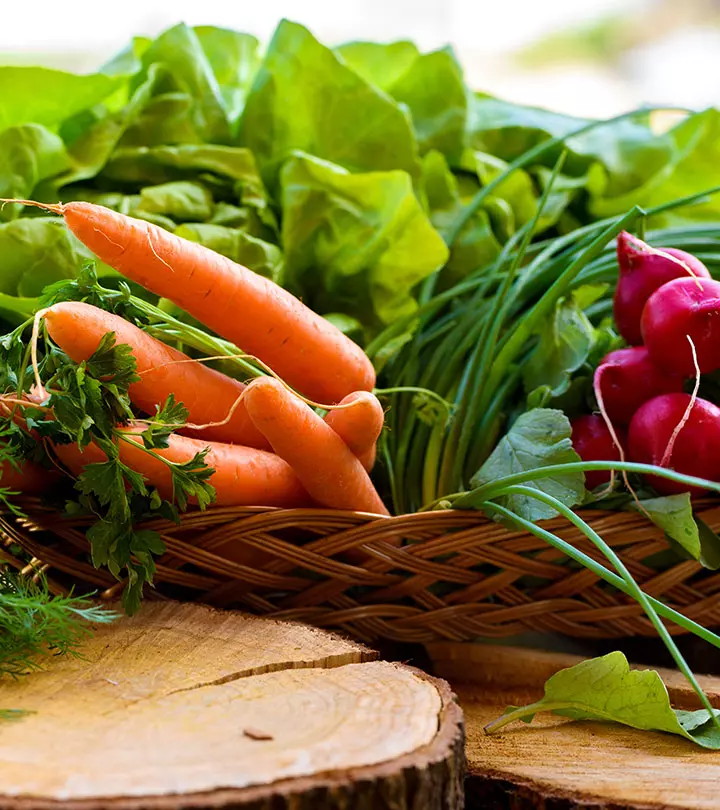
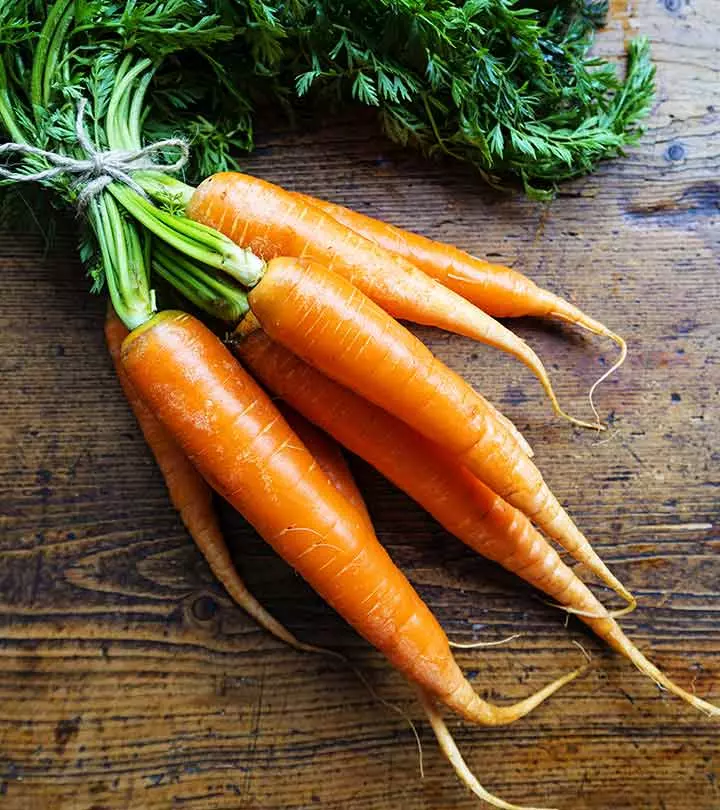

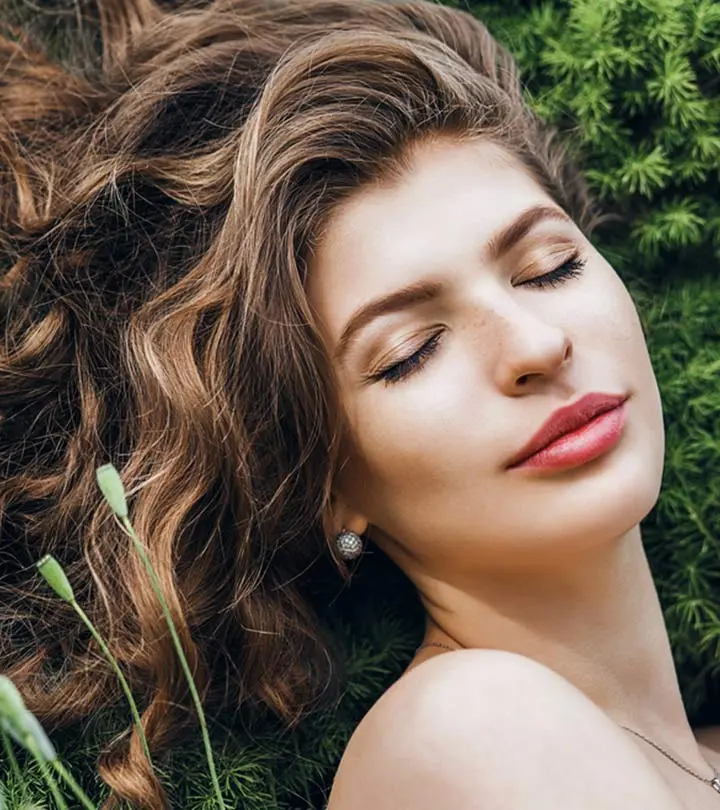
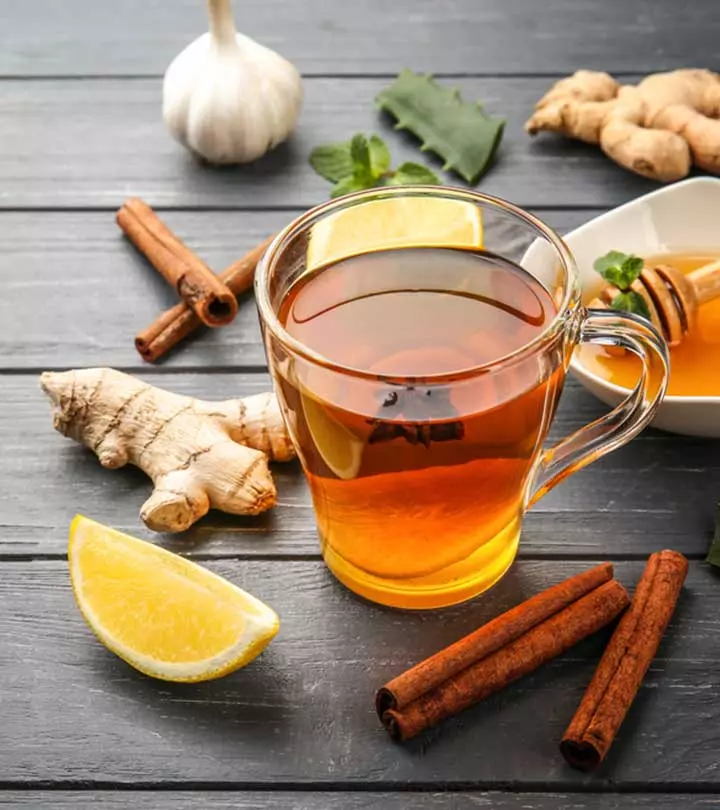

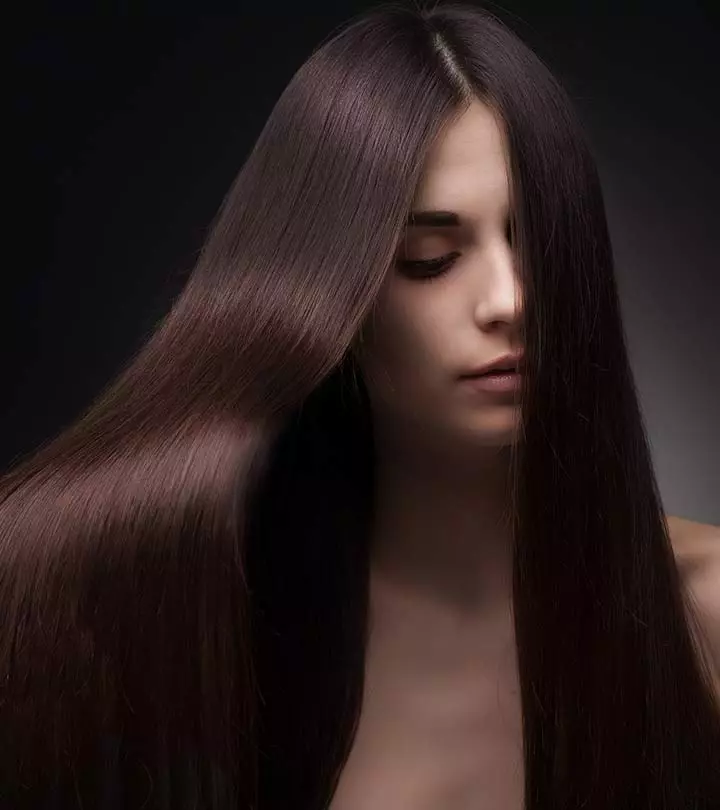
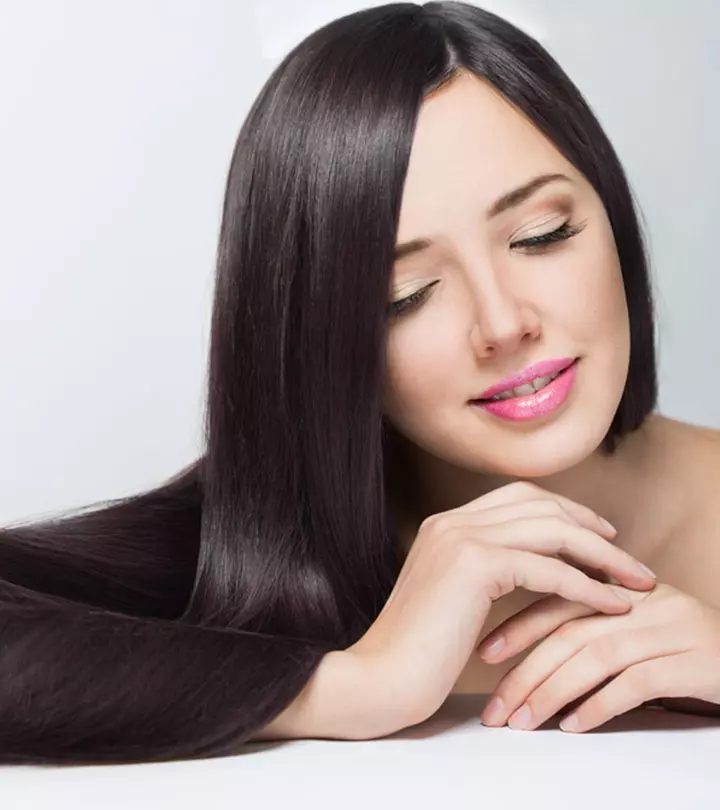
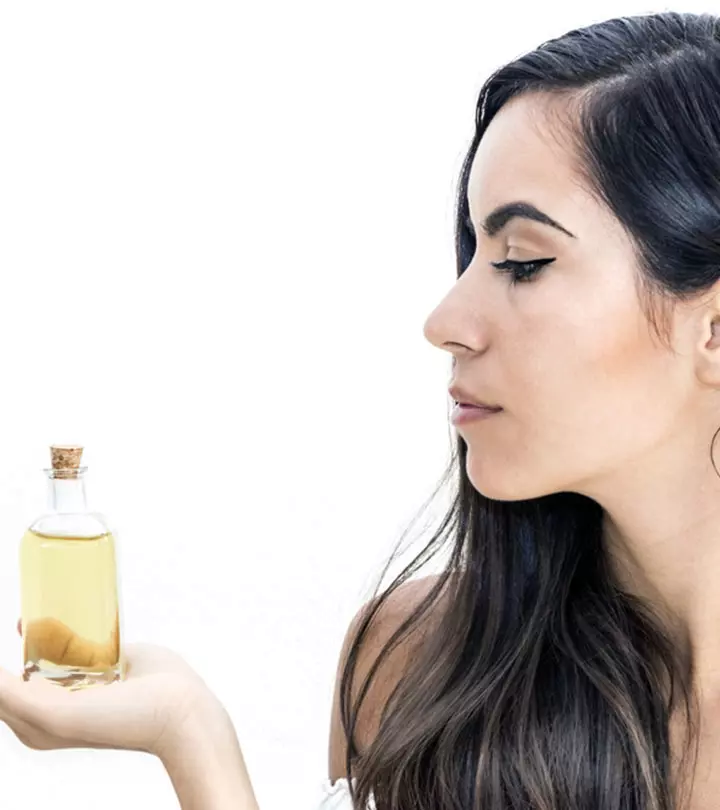
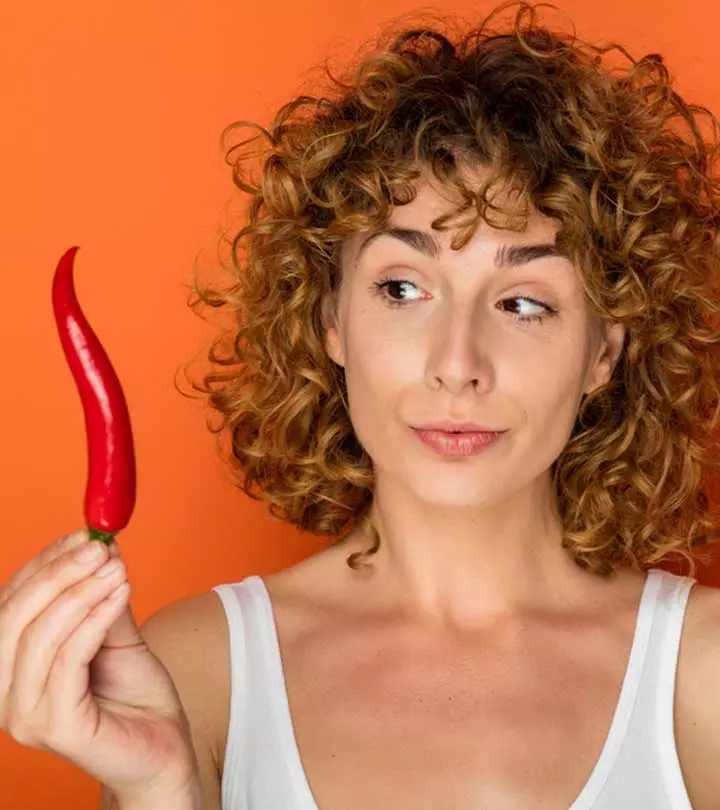

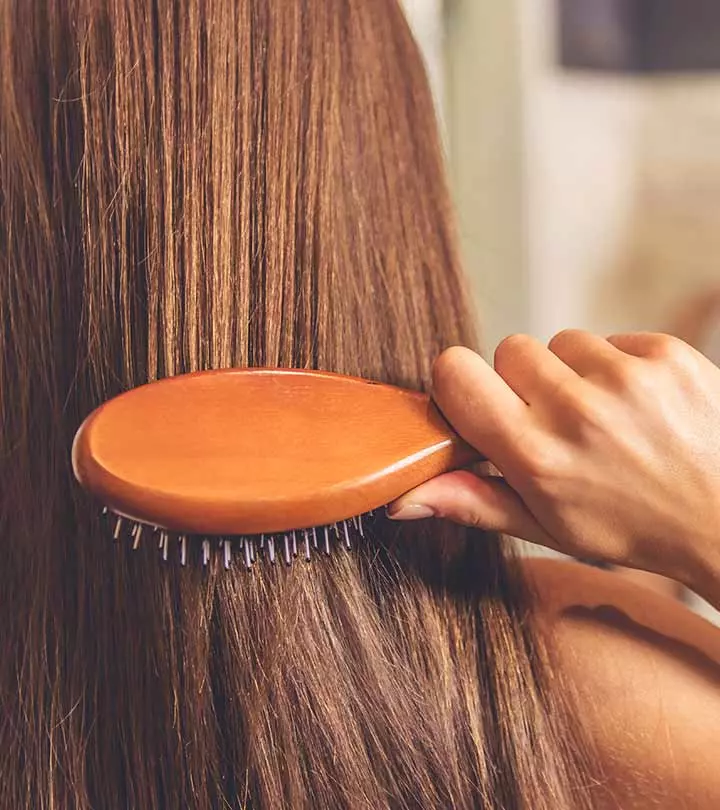
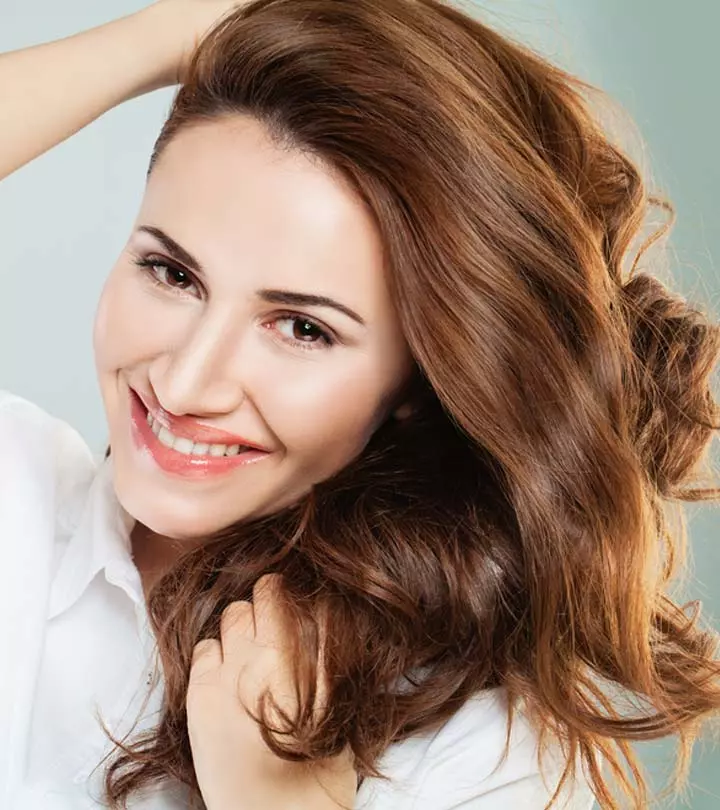
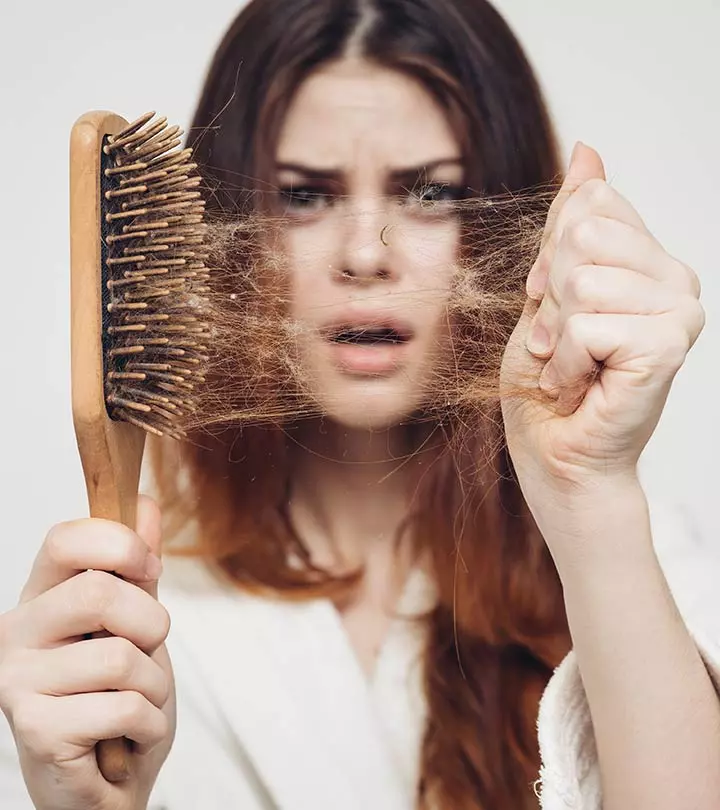

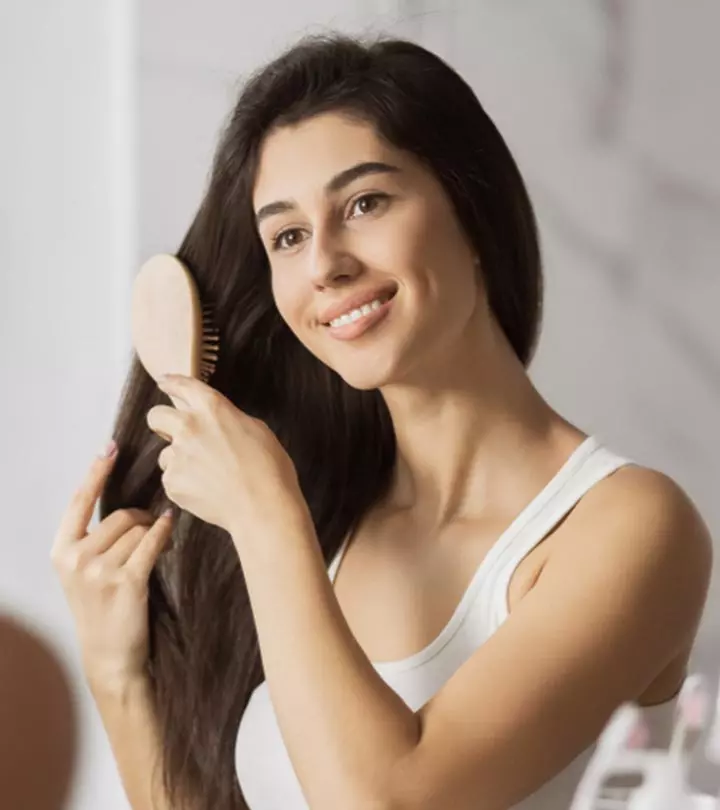

Community Experiences
Join the conversation and become a part of our empowering community! Share your stories, experiences, and insights to connect with other beauty, lifestyle, and health enthusiasts.